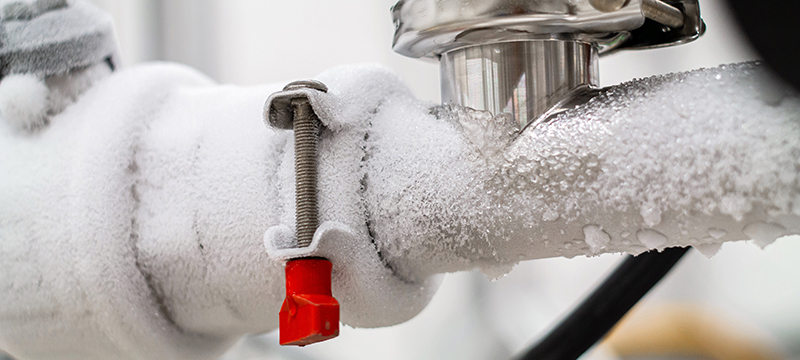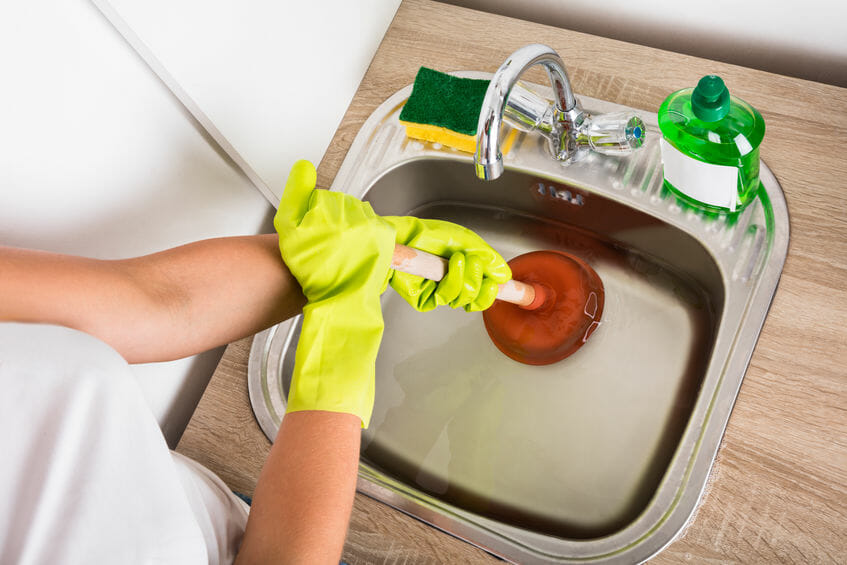Just how do you really feel in relation to Winterizing Your Pipes?

All home owners who reside in pleasant climates need to do their ideal to winterize their pipes. It is something you should do throughout fall prior to deep winter season genuinely starts. Failing to do so can spell disaster like frozen, split, or ruptured pipelines. Below are some convenient winterizing hacks to keep your plumbing system safeguarded even if the weather condition outside is terrible.
Attempt a Hair Clothes Dryer or Heat Weapon
When your pipes are practically freezing, your reliable hair dryer or warm weapon is a blessing. If the warm towels do not assist remove any type of clearing up ice in your pipes, bowling warm air directly into them may help. You may finish up harmful your pipelines while attempting to thaw the ice.
Open Closet Doors Hiding Plumbing
When it's chilly outside, it would be helpful to open up cupboard doors that are masking your pipes. Doing this tiny technique can keep your pipelines warm and restrict the potentially dangerous end results of freezing temperatures.
Require Time to Wrap Exposed Pipes
One great as well as very easy hack to heat up freezing pipes is to cover them with cozy towels. You can cover them initially with towels. After securing them in place, you can pour boiling water on the towels. Do it slowly to let the towels take in the fluid. You can additionally make use of pre-soaked towels in hot water, simply do not neglect to put on safety handwear covers to guard your hands from the warmth.
Turn On the Faucets
When the temperature level decreases and it appears as if the icy temperature will certainly last, it will assist to activate your water both indoors and also outdoors. This will maintain the water flowing with your plumbing systems. On top of that, the activity will decrease the cold procedure. Significantly, there's no need to turn it on full blast. You'll end up squandering gallons of water in this manner. Instead, go for regarding 5 decreases per min.
Shut down Water When Pipes are Frozen
If you observe that your pipelines are entirely icy or virtually nearing that phase, transform off the primary water valve instantly. You will typically find this in your basement or laundry room near the heating system or the front wall closest to the street. Transform it off right away to prevent further damage.
Don't forget to close exterior water sources, as well, such as your connection for the garden residence. Doing this will protect against added water from filling up your plumbing system. With more water, even more ice will pile up, which will at some point lead to rupture pipelines. It is best to call a specialist plumber for an examination if you are not sure about the state of your pipelines this winter. Taking this aggressive approach can conserve you hundreds of bucks out of commission.
All homeowners that live in pleasant climates should do their finest to winterize their pipes. Failure to do so can spell calamity like icy, broken, or ruptured pipes. If the hot towels do not assist dislodge any kind of working out ice in your pipelines, bowling hot air straight into them may help. Transform off the major water shutoff quickly if you see that your pipes are totally icy or nearly nearing that phase. With even more water, more ice will stack up, which will eventually lead to break pipes.
PREVENT YOUR PIPES FROM FREEZING THIS WINTER
A Leading Cause of Property Damage
When the weather is taking a deep nose dive into the cold dreary days, the risk of your pipes freezing and potentially bursting skyrockets. Unfortunately, during these cold dreary months, burst pipes are the most common denominator for property damage. The pipes that are most at the risk are those that are in areas where it is most cold in your home. For instance, pipes located in interior places such as basements, attics, and your garage. Unfortunately, that doesn’t mean that the pipes running through your cabinets or exterior walls can’t freeze. Good news, however, is that you can do things to help prevent pipes from freezing.
How to Prevent Pipes From Freezing
Once the temperature starts to drop during the winter, you should be taking the proper measures needed to ensure that your pipes stay warm and that there is circulation of water through them. Some steps that experts may recommend could go against your better judgement when it comes to saving water and heat. However, it would go without saying that when expenses are compared, damaged pipes could put a bigger dent in your wallet than a water bill.
What Can I Do?
Keep your garage door closed. This is very important, especially if you have water supply lines running through your garage. Open your kitchen and bathroom cabinets to allow warm air to circulate through them. Allow air circulation throughout your home. Keeping the interior doors open will once again allow the warm air to circulate inside your home. Ensure your thermostat is running the same temperature throughout the night and day. If you plan to be away from home during the cold months, set your temperature no lower than 55° F. This should provide enough heat to keep the pipes warm and prevent any remaining water inside the pipes from freezing. For more of a long-term solution, add insulation to attics, basement, and other crawl spaces around your home. By allowing your faucet to drip, it will alleviate pressure in the system. This is important because the pressure that is created between the blockage and the faucet can potentially cause the pipes to burst. Allowing the faucet to drip will prevent the pressure from building up, therefore keeping the pipes from bursting. Seal any cracks, openings, and crawl spaces around your home to prevent cold air from coming inside. This keeps your pipes-not to mention your home-warmer and less susceptible to issues caused by freezing temperatures. For the pipes in your home that are easily accessible, applying electrical tape to them might prevent them from freezing over. This is a quick fix, as you can apply the tape directly to the pipe. There are two options for heating tapes. One turns on and off by itself when it senses heat is needed. The other type of heating tape needs to be applied when heat is needed and removed when not necessary. If you have exposed pipes in your home, you can check this website to take a look at a few options that would be available at a shop near you.

As a keen reader about Prevent Freezing and Bursting Pipes, I assumed sharing that piece of content was a good idea. Loved our write up? Please share it. Let someone else discover it. I appreciate reading our article about Winterizing Your Pipes.
Get instant help, call now!